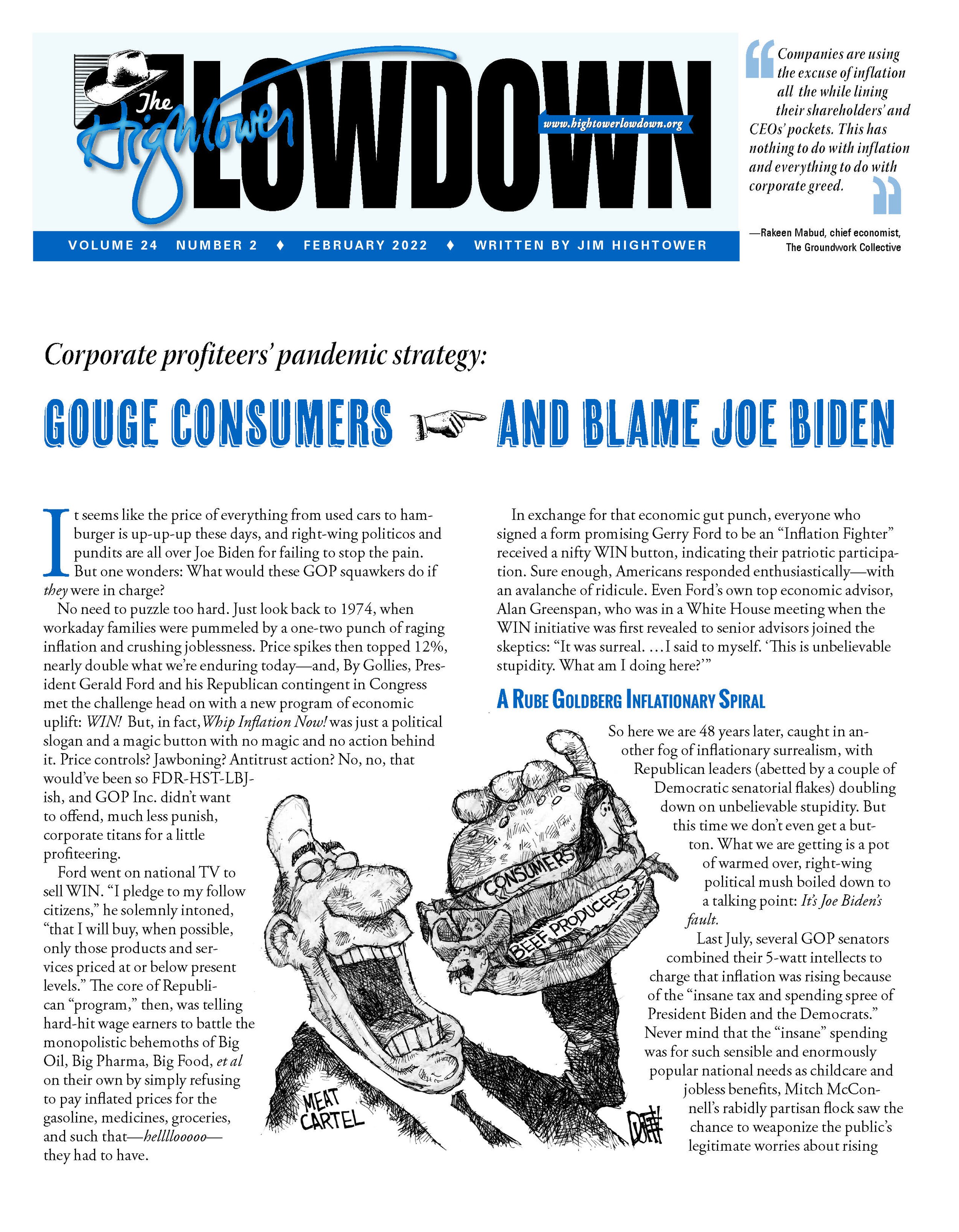“Book design is a process so transparent and anonymous that
one sometimes wonders whether it exists at all.”
There are many small details in designing a book. One of my greatest nightmares is the inner margin or gutter. Did I leave enough room, so the text doesn’t fall into the gutter and make the book difficult to read? The requirement that the book can only be so many pages often calls for adjusting the margins so a few more words can fit on the page. I’d rather save space anywhere other than the inside margin.
Upon getting Richard Hendel’s book On Book Design (Yale, 1998), I was surprised and disappointed. The overall design of the book is lovely, and the content is insightful and interesting, but it is very hard to read because the text falls into the gutter. I couldn’t understand how this could happen?
Could it be the margins? Not likely.
The graphic used on the cover of the book suggests that Hendel might hold to some classic book design principles when deciding the size of his margins. The image is the famous J. A. Van de Graaf schematic for determining the margins on a page of text. The method, known as the “secret canon,” was used in medieval manuscripts and incunabula to achieve a page with pleasing proportions. Jan Tschichold, in his book The Form of the Book, tweaked Van de Graaf’s formula and urged using a ratio of 2:3-page proportions. This calculation makes the type area and page size the same proportions and the height of the type area equal to the page width. Designers don’t seem to hold fast to this principle these days, but they do seriously consider the proportion of space around a text block.
In his essay on the thinking behind the design of On Book Design, Hendel decided on a 7.25 x 11 trim size, which could handle the illustrations and have a comfortable line length of 70 characters. The page has two columns, one for the text and a narrower one for notes he had gathered over the years from other people. The outside and inside (gutter) margins in the specifications were the same: 4.5 picas, with a 27-pica text block. Seems like plenty of space to me!
Could the binding have made a difference?
Hendel’s book is Smythe sewn, which should have allowed the book to lie flat. It appears to be divided into five signatures. At 224 pages, however, I would have thought there would have been seven signatures.
I couldn’t stand not knowing what had happened. I took a deep breath and wrote to Richard Hendel.
He responded quickly and graciously. He explained that his first edition has a gutter margin of 4p9 (which is actually a little roomier than the 4p5 specified in the book). He agreed that “book bindings these days are much tighter than they used to be.” I’ll take that as the reason for On Book Design’s problem. It is a shame because this work is beautifully designed and has a wealth of knowledge and experience to share. In this case, I fault the bindery, not the designer.
Does any of this make any difference? I think it does. Recently, a friend of mine, who is an exceptional writer, had a novel published. From the typographical treatment to the printing and binding, the book’s design and construction diminish the writing. Richard Eckersley makes the argument that there is “in the minds of readers a natural association between the well-made and the well-written book.” He cites publishers such as Aldine Press, Penguin, and Black Sparrow that see the connection between well-made books and success in the marketplace.
Writing is hard, and good writing is rare. If writing is worth the paper it is printed on, then it deserves to be well-designed and produced.




